Species Profile: The Bronze Whaler Shark
The Bronze Whaler shark is a large and powerful shark that is known for attacking spear fishers for their catch.
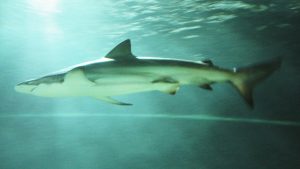
The Bronze Whaler Shark is a widely distributed fast-swimming species that belongs to the group of requiem sharks. This group includes species like the spinner shark, and the blacktip shark, etc.
These are migratory, live-bearing sharks that inhabit warmer waters and sometimes enter brackish/fresh water.
Bronze whalers are not easily distinguishable from other sharks in the group except for the bronze-colored ridge just between the dorsal fins and their distinct hook-shaped, narrow teeth.
The bronze whaler shark is known to be somewhat aggressive to humans when they sense food or prey close by. And though they usually remain solitary, these sharks will often form groups to hunt prey more effectively.
Unfortunately, this shark is highly-sought after by commercial fisheries for its meat and is highly susceptible to overfishing due to its extremely long maturity age of up to 20 years!
It’s listed as Near Threatened in the ICUN’s Red List though their exact population remains unknown.
1) Scientific Name
Carcharhinus Brachyurus
2) Scientific Classification:
- Kingdom: Animalia
- Phylum: Chordata
- Class: Chondrichthyes
- Order: Carcharhiniformes
- Family: Carcharhinidae
- Genus: Carcharhinus
3) Life Expectancy
The maximum reported age for a bronze whaler shark so far is 30 years old.
4) Average/Maximum Length
This is a large species often reaching 3.3 meters (11 feet) long.
5) Average/Maximum Weight
About 305 kilograms (672 lbs.)
6) Maximum Swimming Speed
This is a powerful predator and a fast moving shark. However, its exact swimming speed is not documented.
7) Interaction With/Danger To Humans
Though this is a large and powerful species, it does not habitually attack humans except in the presence of food. A 2013 study conducted in the University of Florida attributed 20 attacks to the Bronze whaler shark. In contrast, the great white was reportedly responsible for 279 attacks during the same period.
They are known to attack spear fishers in order to steal their catch.
Also, they’ve been implicated in biting a number of swimmers around Australia and New Zealand with single digit fatalities. However, this shark is easily mistaken for other similar looking sharks so this may really be a case of mistaken identity.
The Bronze whaler shark is listed as number six on the list of sharks responsible for unprovoked attacks on humans worldwide.
The Bronze whaler is an active, fast-swimming shark and as such it does very badly in captivity. They tend to bump into the sides of their enclosure resulting in injuries that become infected and often lead to death.
8) Reproduction Details
Mating for the Bronze whaler shark starts from October to December in the Southern Hemisphere, and kicks off with the males biting the females of the species.
These sharks are viviparous: gestation period lasts for 15 to 21 months and the average litter size ranges from 7 to 24 pups. Newborn Bronze whaler sharks measure between 55 and 67 cm (22 and 26 inches) long.
This shark is one of the the slowest growing shark species. Actually, they reach sexual maturity at between 13 and 19 years (males), and 19 and 20 years (females).
9) Diet/Hunting Pattern Of The Bronze Whaler Shark
These sharks prefer feeding towards the bottom of the water column rather than the top. They eat cephalopods like squid, cuttlefish, and octopus. Also bony fish like catfish, Australian salmon, tunas, sardines, and anchovies, then cartilaginous fish like dogfish sharks, stingrays, skates, electric rays, and sawfish.
They don’t typically hunt marine mammals, but they will feed on the carcass of dolphins when found. The South African population follow the pilchard ‘run’ every winter. These prey gather in their millions and as a result, they attract a variety of predators including many species of shark.
In such cases where prey is abundant, these sharks will form groups and herd the pilchard into a tight ball. They then take turns swimming through these balls with their mouths open to feed.
10) Alternative Names
- Black-tipped whaler
- Cocktail shark or cocktail whaler
- New Zealand whaler
- Bronze, bronzie, or cocktail
11) Population And Conservation Status
Though the International Union for Conservation of Nature (IUCN) lists the Bronze whaler as Near Threatened worldwide, their conservation status still varies depending on the specific locality in question.
For instance, the population around Australia, New Zealand, and South Africa are considered as Least Concern because fisheries there are generally well-managed.
Off East Asia, this shark is assessed as Vulnerable; although that data is not specific to just this shark since there is a general destruction of shark population around that region. There are hardly any adult individuals left there of any shark species to hunt commercially: the few being caught are juveniles. The same applies to the heavily-fished Gulf of California.
Apart from the slow maturity rate of the Bronze whaler shark, additional threats include the destruction of many of its coastal nurseries from human development, all kinds of water pollution, and aquaculture. In addition, mortality from entanglement in shark nets used to protect South African and Australian beaches also compound the problem.
For now, the global population remains unknown.
12) Ancestry And History
Its scientific name is derived from the Greek word brachys (short) and oura (tail). The whaler name stuck in the 19th century, when crews of whaling vessels observed this shark congregating in large numbers around harpooned whale carcasses.
The closest relative to the bronze whaler is the spinner shark. Its fossilized teeth dating back to the Miocene Epoch (23 to 5.3 million years ago) were discovered in the Pungo River in North Carolina. Other fossils were found in Tuscany (5.3 to 2.6 million years ago), and in Costa Mesa in California (dating up to 126,000 to 12,000 years ago).
13) Distribution And Habitat
You’ll find this shark mainly in temperate areas or latitudes. Though they prefer the deeper waters of the Atlantic (off the coast of South Africa, New Zealand and Australia). Rarely will you find them in shallow waters.
They also swim in offshore island coastlines, inland waterways, and man-made harbors. Some other areas they inhabit include The Mediterranean, the coast of Argentina, the Gulf of Mexico and Indo-Pacific regions.
Bronze whalers migrate seasonally and both sexes do not mix except during mating season. They migrate mainly to breed, feed, and according to temperature changes. Groups of Bronze whalers can travel for over 1300 kilometers (807 miles) during migration.

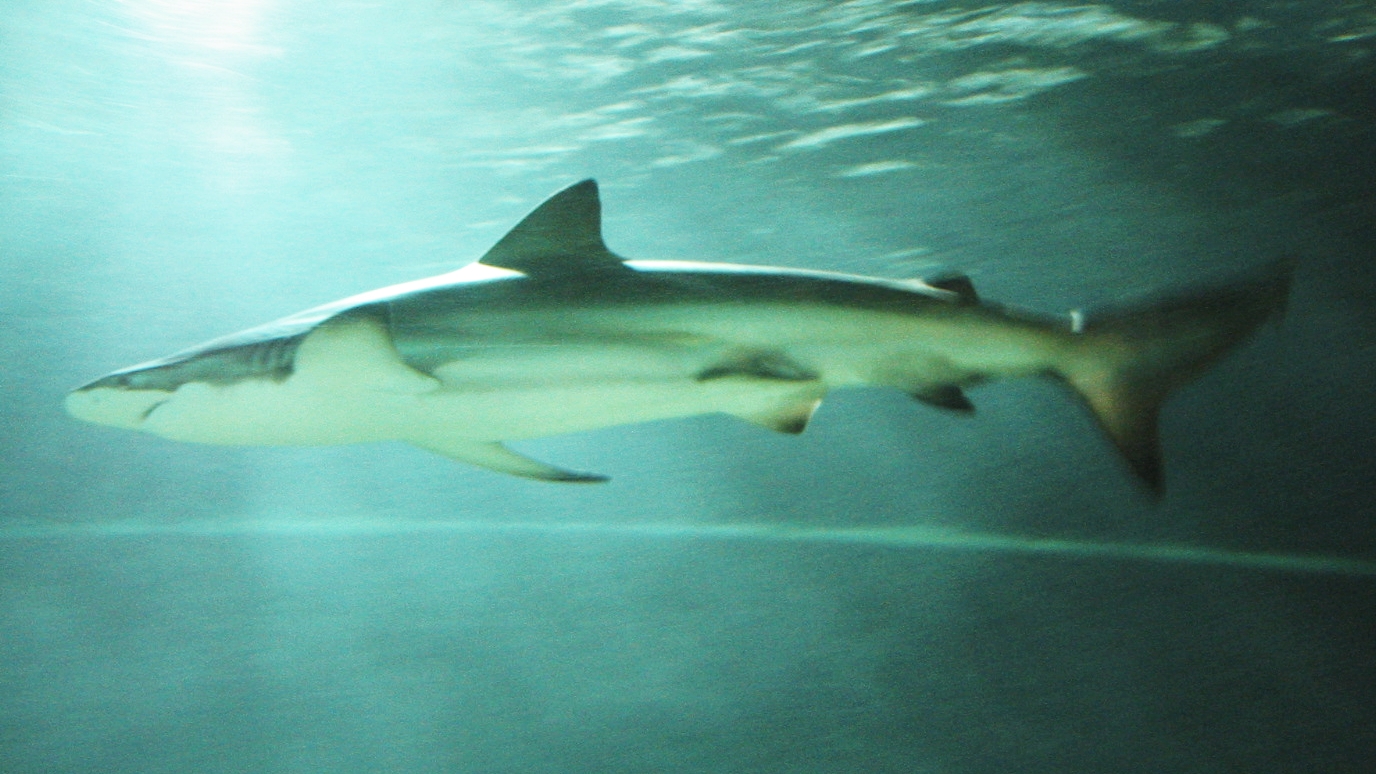
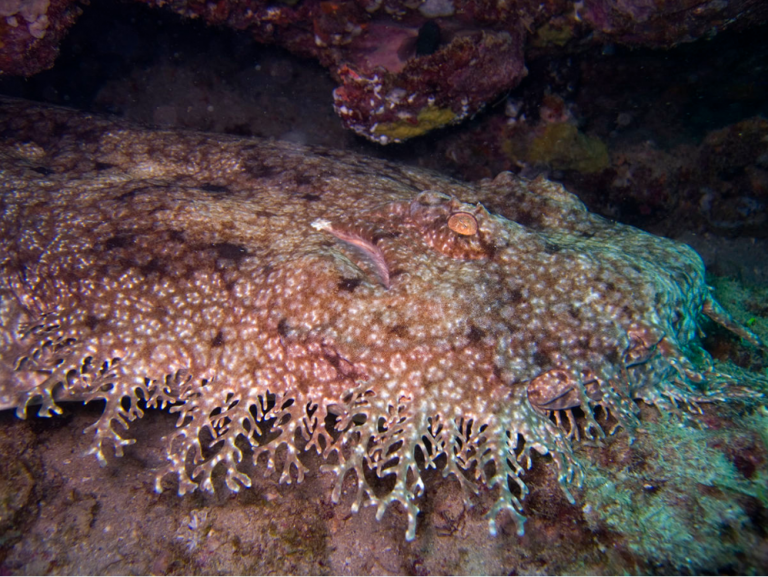
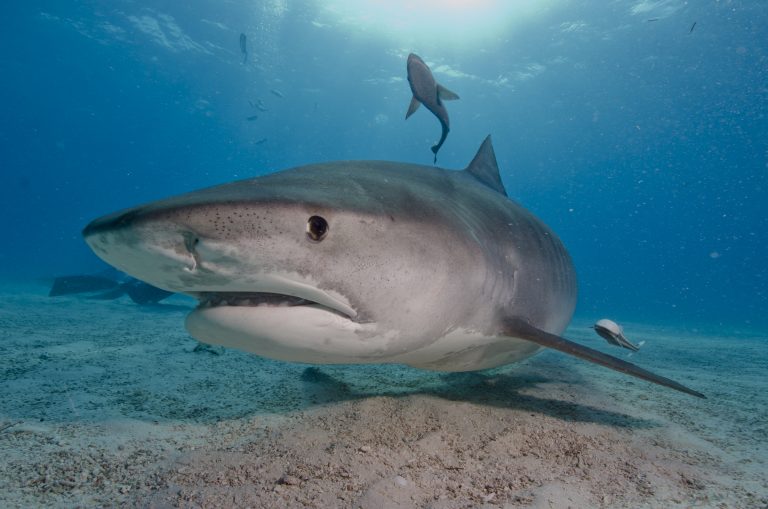
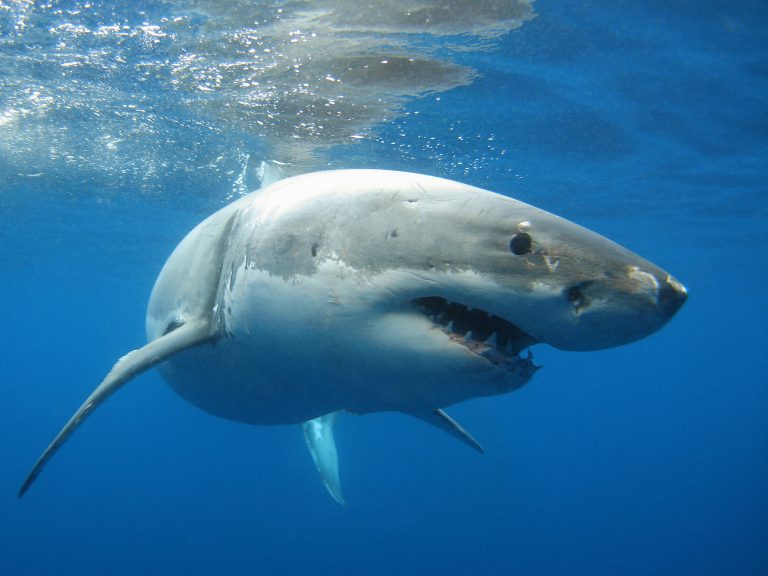

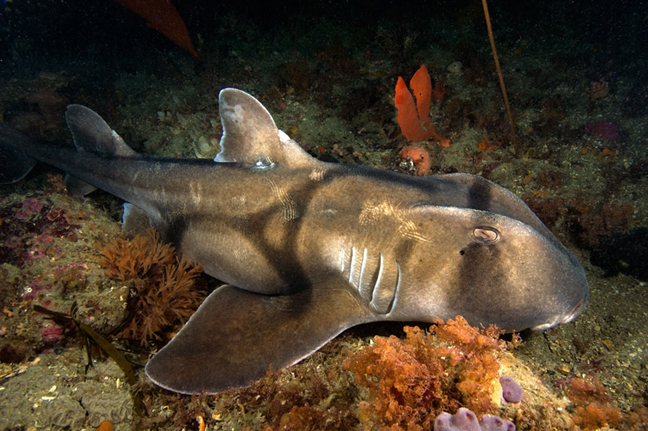
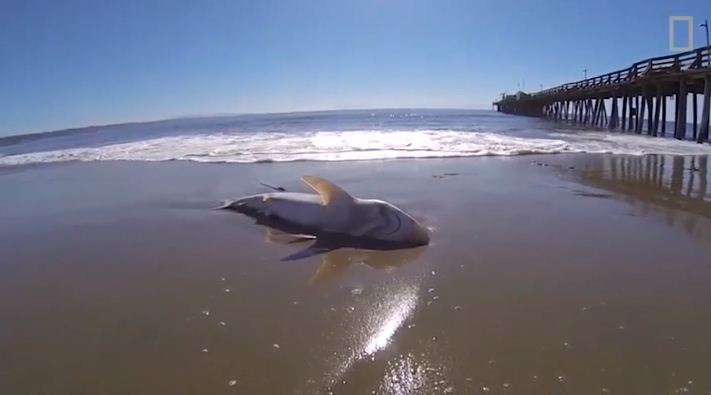
I was snorkelling in aisle 11 (the lowe isles, Qld, Oz) at Sharkie & Planktons supermarket (The Ocean) when a 3 mtr Bronze Whaler cruised beneath me. I will never forget the fixated eyes looking at me. Yes it was humbling being eyeballed as Food. It (Finbar) swam from view, then I had a 100 mtr swim back to the boat ~ trying to stay streamlined quiet with minimal flipper turbulence. All the while, not thinking. Only feeling. Strangely calm. back on the boat, The divemasters LOOK told me much. (Close call). In deafening silence, He drove me back to the resort at port douglas where i hugged my baby daughter like.. Anyway, I have thought about Finbar (shark) frequently and wondered what was he thinking…? Finbar only wanted a snack? Also, I have embraced that IT WOULD NOT HAVE BEEN A NICE WAY TO DIE, but philosopically, A GOOD PURE WAY TO DIE. In that Finbar didnt HATE ME. Like so many hostile, deceptive, wilfully negligent, abusive & corrupt evil HUMANS frequently HAVE ! And Amen
Yeah. spot on Michael. You were skinny back then. But sut since you have porked up in the worlds most livable penal colony (Melbourne). Anytime you wanna go for a swim? Ill bring my apetite, soy sauce, wasabe ok